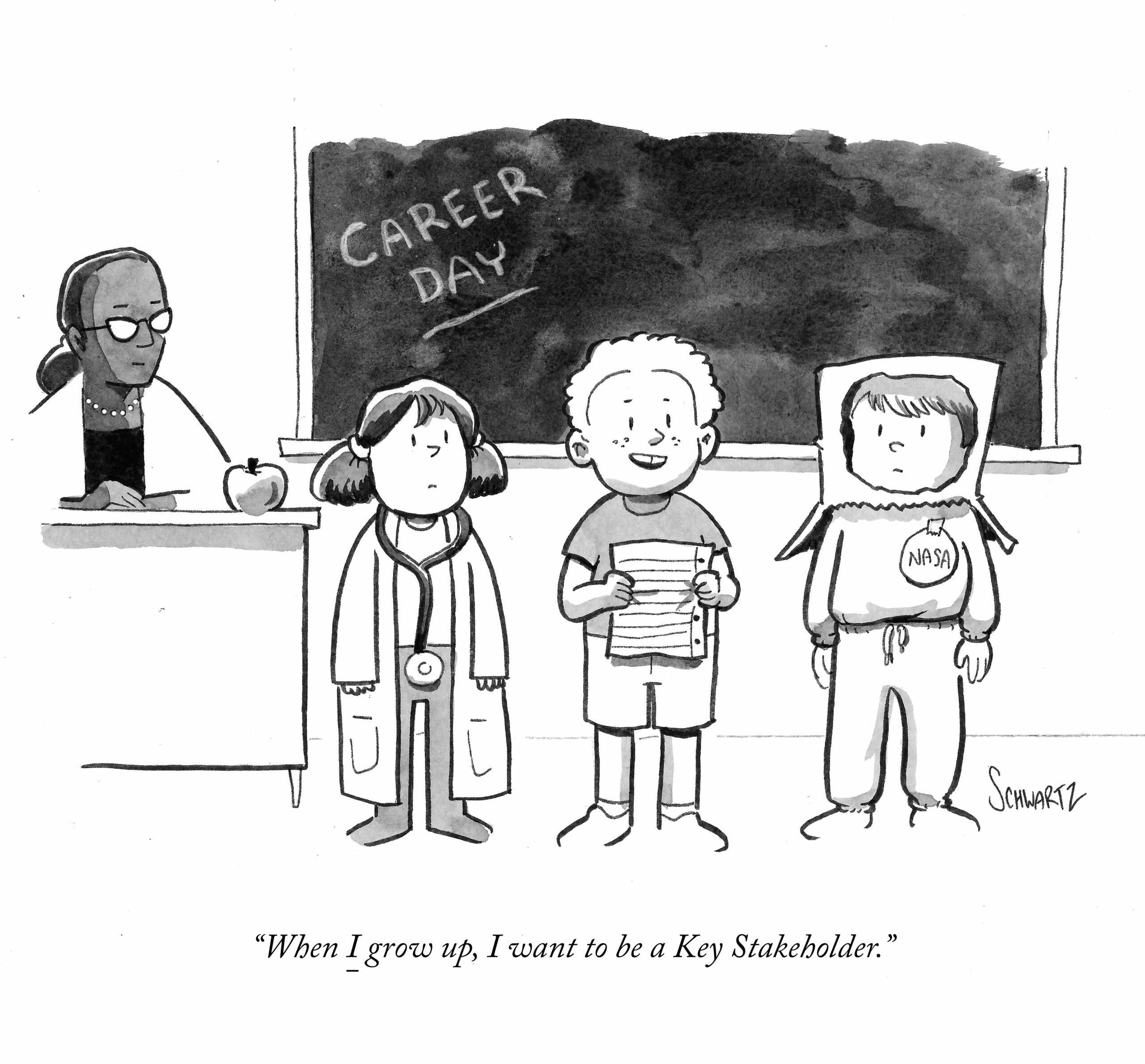Workplace trends
In Japan, you can hire someone to quit for you
With 2.7% unemployment and a rapidly aging population, Japan faces a severe labor shortage – empowering overworked and underpaid employees to seek better opportunities. However, in a culture renowned for its politeness, many workers struggle with the confrontation involved in quitting. This dilemma has spawned a unique industry, led by the company Exit, which handles over 10,000 cases annually in which staff quit on behalf of clients. As demand grows, competitors with names like “Mo Muri” (“I can’t do it anymore”) and “Yametara Eenen” (“Why don’t you quit?”) are emerging. This trend not only reflects Japan’s evolving work culture, it also highlights the need for more open communication in traditional employment practices.
‘Cheating rings’ are challenging India’s exam integrity
India is grappling with widespread cheating in college entrance and job recruitment exams, driven by a stark imbalance between limited opportunities and overwhelming competition. These exams are crucial gatekeepers to university education and coveted government jobs in a country with few private sector options. For instance, over four million people recently competed for 60,000 police jobs in India’s largest state. Cheating methods range from impersonating exam-takers and smuggling in phones, to cheating rings with access to inside sources masquerading as coaching centers. While authorities attempt to combat this through increased security, academic officials argue that cheating is merely a symptom of India’s broader opportunity crisis, highlighting the need for systemic changes beyond exam policing.
The AI corner
Employers are drowning in a sea of AI-generated resumes
Job candidates are using AI tools to craft customized resumes for every job they apply to and sending them off at a rapid pace. While there have always been candidates who exaggerate their experience, the rise in AI tools has seen this problem amplify tenfold, eroding trust in received applications and inundating HR departments with near-identical CVs. To combat this double-fold problem, companies and recruiters are re-inserting human review and adding screening steps. These include leaving job postings up for only 24 to 48 hours because of the volume of resumes and requiring job seekers to record a video of themselves answering preliminary questions before their submission is considered.
A new AI model is revolutionizing cancer care
A groundbreaking AI model named Chief has revolutionized cancer diagnosis, treatment assessment, and survival rate prediction. Developed by Harvard Medical School, Chief analyzes vast amounts of tumor images across 19 cancer types, outperforming other AI methods by 36% in detection and prediction. With nearly 94% accuracy for general cancer detection and 96% for specific cancers like colon and prostate, Chief can suggest optimal treatments without costly, time-consuming DNA sequencing. While the rapid evolution of AI raises concerns in some areas, medical professionals are embracing its pattern-recognition capabilities, which are proving invaluable in making remarkable discoveries and advancements in healthcare.
Setting the right boundaries as a team
Do your best team members work the most hours?
It’s often assumed that having a very busy work schedule is directly correlated with how much value you bring to your company. But, as any strong leader knows, this isn’t necessarily true. While you want to support passionate and driven people on your team to work hard and get the job done right, you don’t want to foster a team of workaholics who burn themselves out.
Unfortunately, when employees believe that more hours on the clock prove a greater contribution, burnout is inevitable. In fact, burnout is steadily increasing year after year as a result of staffing shortages and a lack of enforcement of working times, according to The Guardian. As a result, eight out of 10 employees experience burnout, per Fortune Magazine. You may be tempted to pick up the slack for your team members to avoid burning them out, but burning yourself out to save them won’t end well either.
So, how do you create the right give and take on your team?
Don’t promote hero behavior
Some business scholars have identified an archetype called “the hero.” You know, the person who sees a project failing and instantly takes it upon themselves to salvage it – working long, coffee-fueled hours, and swooping in to save the day. The hero type is an asset to any team because they are talented, hard workers. But they are also at the highest risk of burnout. While these team members are often celebrated for their dedication, it can project the wrong message and trigger negative outcomes for your team. By glorifying their unsustainable work schedules, you’re inadvertently promoting a culture of burnout and making a dangerous statement to your whole team. So keep a close eye on your hero types and work with them to reframe their thinking toward something more balanced.
Do an honest assessment
Every team has its own micro-culture and your team members play a significant role in shaping it. It’s important to know how your employees work, and which ones have trouble setting boundaries. The “heroes” mentioned above have high expectations and push themselves to burnout, but there may be other team members doing the bare minimum and expecting their coworkers to step in to finish the job. These employee types can cause a ripple effect of burnout. So, assess your team’s working style to understand which ones need help setting and upholding boundaries and which ones should be taking on more to balance the workload.
Acknowledge the issue head-on
It’s especially important to have an honest discussion about balance when there are high expectations and aggressive deadlines to meet. So, check in with your team members to gauge how they’re feeling about their workloads and collect feedback about how effectively they feel work is being distributed. Ask direct questions like, “Do you think the workload is balanced? If not, how can we balance it?” Make sure your team understands that no one person is expected to take on more than their teammates and that you are here to help them if they are struggling with work-life balance.
Encourage team advocates
Some of your team members might find it difficult to speak up for themselves if they are taking on too much. Maybe they don’t want to look like they can’t handle their workload or don’t want to admit that they feel overwhelmed. The reality is that when you are managing multiple people, you may not be closely looped into certain projects, making it harder for you to spot these signs. So, try to create a safe environment for people to step in to help one another. Encourage your team members to advocate for their coworkers by flagging when they feel their team members are being forced to carry too much, and offering suggestions to redistribute the load. When your team members do so, be sure to let them know you appreciate them calling this out and stepping up for their teammates to signal that this behavior should be repeated.
Model healthy boundary-setting
If you want your teammates to set the right boundaries, you need to demonstrate what that looks like by finding ways to work your own boundary setting into your daily interactions. Maybe you let your team know that you’ll be offline while you pick up your child from school, but you’ll be available later. This might also mean helping others reassess deadlines to ensure overtime won’t be necessary to get the job done in time. And if you find a great strategy or hack for helping you stay balanced, share it with your team. By being clear about your own boundaries, you normalize the idea that work does not have to bleed into the rest of your life.
Endorse the right behavior
A lot of workplaces have made the mistake of idolizing the people who burn the midnight oil to get the job done. So, do your best to change that narrative by celebrating expert planning. Call out team members who are so great at time management and efficiency that they managed to complete a certain initiative in a comfortable amount of time. Don’t just highlight the end result of the project, but speak to the ease and fluidity of the process that it took to get the job done. Similarly, express pride when a team member takes a well-deserved vacation and comes back refreshed and recharged. These kinds of positive reinforcements will give your team the right idea about how to approach work in a balanced way.
Continuously check in
Remember, maintaining a healthy work-life balance is a continuous process – not a one-time conversation. Try to regularly check in on your team members about how they are feeling with their workloads, and if you notice any signs of burnout, call them out in a caring way. When necessary, work together to redistribute the work, restructure deadlines, or make plans to gather additional support. Doing this will help your team understand that you are in their corner and committed to supporting them as a full person, not just an employee.
Water cooler chatter
A federal judge has given the okay to bet on the outcome of congressional elections. This ruling could pave the way for legalizing wagers on US elections across the board. However, the launch of this political betting market remains uncertain, as regulators push for a two-week delay to weigh potential appeals.
New Mexico is suing Snapchat over the sexual predation of minors. During an undercover investigation, the New Mexico Department of Justice discovered a network of sites on the dark web for sharing sexual images specifically from Snapchat.
Question of the week
Last week’s answer: 70%
This week’s question: What percent of employees have engaged in some form of office romance?
Just for laughs

Don’t miss more quality content!

